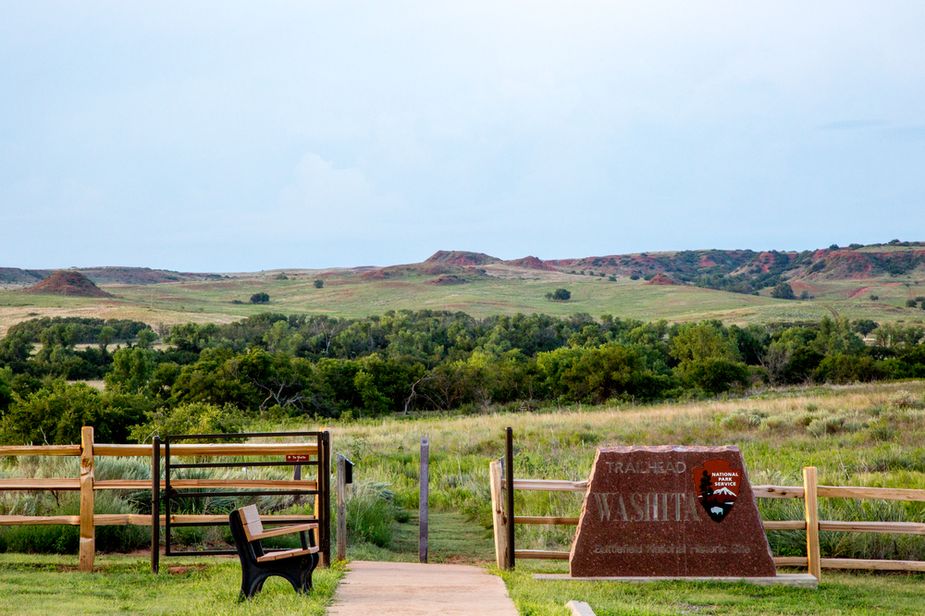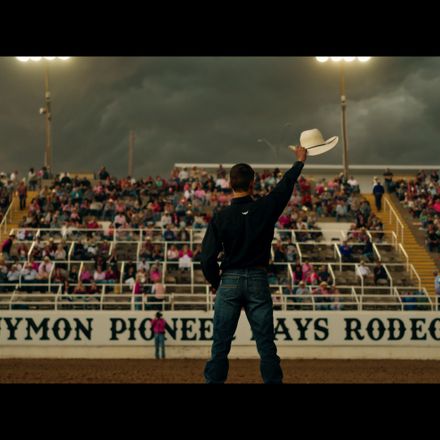Back Forward: The Washita Massacre
Published July 2021
By Olivia McCourry | 5 min read

This peaceful area, now a National Historic Site, was once the scene of a brutal massacre. Photo by Lori Duckworth
Increasingly over the last few years, Americans have learned the history taught in their classrooms left out more than a few uncomfortable events. The Tulsa Race Massacre of 1921 was brought to new international attention, surprising some Oklahomans who never knew it was part of the state's past. Some learned about it with a different name and context while others never learned about it at all.
Unfortunately, this is not the only incident to be perceived this way in Oklahoma. The Washita Massacre of 1868 was for a long time seen as a glorious victory for Lt. Col. George Armstrong Custer against the Peace Chief Black Kettle of the Cheyenne Nation. Since then the truth of the narrative has come to light and is regarded as a tragedy rather than a battle. Instead of winning against Cheyenne soldiers, Custer and his troops reportedly massacred more than a hundred people, including Chief Black Kettle and his wife. Custer’s men also burned fifty-one lodges and their contents as well as killing the camp’s pony herd. From the ruins, fifty-three women and children were captured. From these numbers, it can be determined that the incident was a ruthless attack on innocent Cheyenne people rather than a full-fledged battle.

The Washita Battlefield National Historic Site sits south of the Horseshoe Hills in Roger Mills County. Photo by Laci Schwoegler/Retrospec Films
Today, visitors can learn about this time in history at the Washita Battlefield National Historic Site in Roger Mills County. The area gives the opportunity to commemorate those who died and admire the spectacular landscape of the open plains. The 1 1/2-mile park trail is self guided with many brochure stops along the way. There is also a shorter Dust & Fire trail that can be walked, which examines life on the prairie after the land run. Site goers can explore flora, fauna, a dugout house, and a working windmill. There is also an opportunity to visit the Native garden.
Outdoor activities aren’t the only attractions. The visitor center provides a few interactive and educational experiences. Visitors can view a 27-minute park film called Destiny at Dawn, which describes the engagement that happened on the site and the events that led to it. There is also a museum that provides views of the Washita River Valley and includes the Western National Parks Association Bookstore.

Trails allow visitors to traverse some of the Washita Battlefield National Historiy Site's 315 acres. Photo by Lori Duckworth
The site is also near some other outdoor sites that will give visitors a glimpse of life on the prairie. The Black Kettle National Grasslands provide many camping opportunities and the Washita National Wildlife Refuge shows off prairie wildlife.
While not as nationally known as the Tulsa Race Massacre, it is still important to remember the tragedies that happened in our state. These moments in history cause lasting and hurtful effects on the people involved and within our education system they should be taught properly and truthfully. Acknowledging the crimes of historical figures helps us create a more inclusive future. Referring to this site as a massacre rather than a battle will help the healing process and memorialize those who lose their lives so horrendously.
Admission, Free. Open daily, 8 a.m to 4:30 p.m.



.png)



